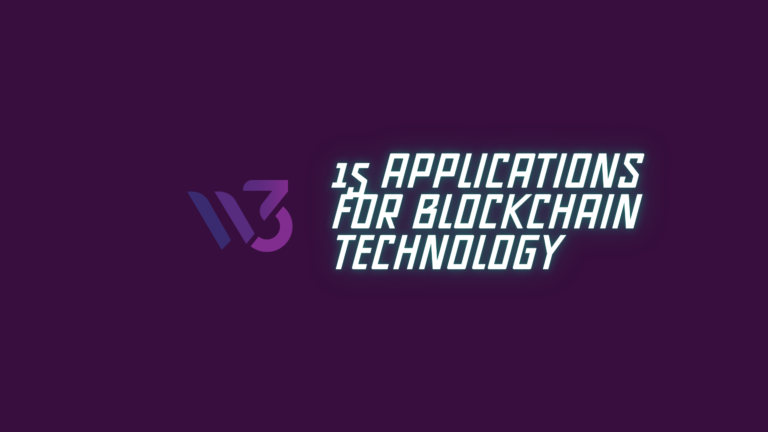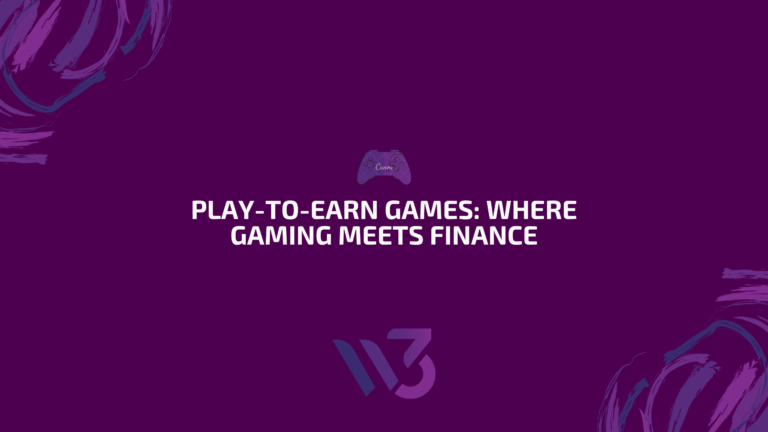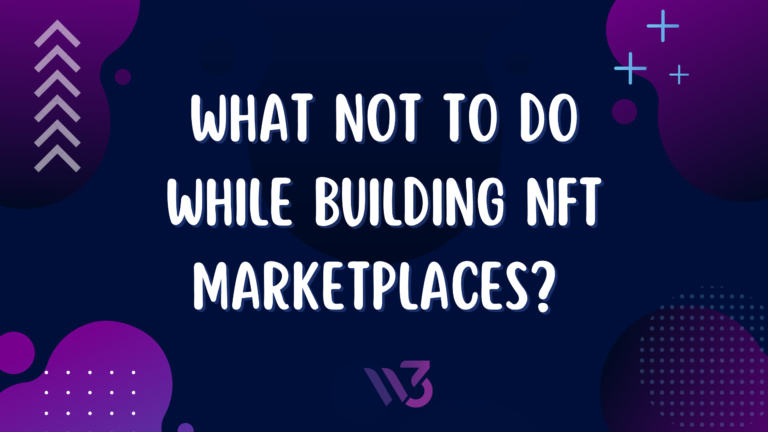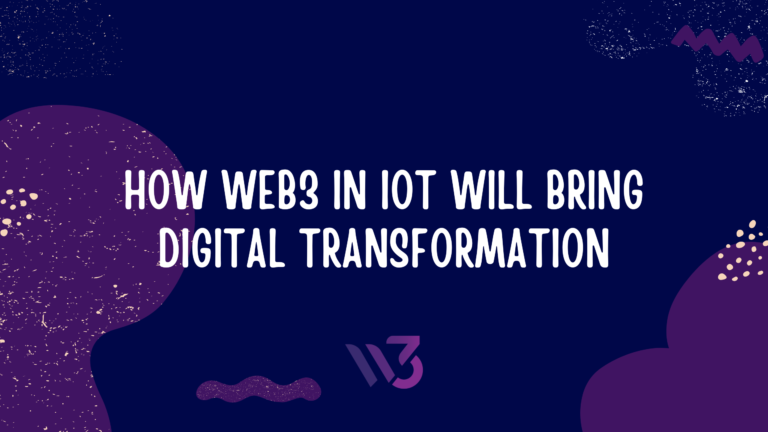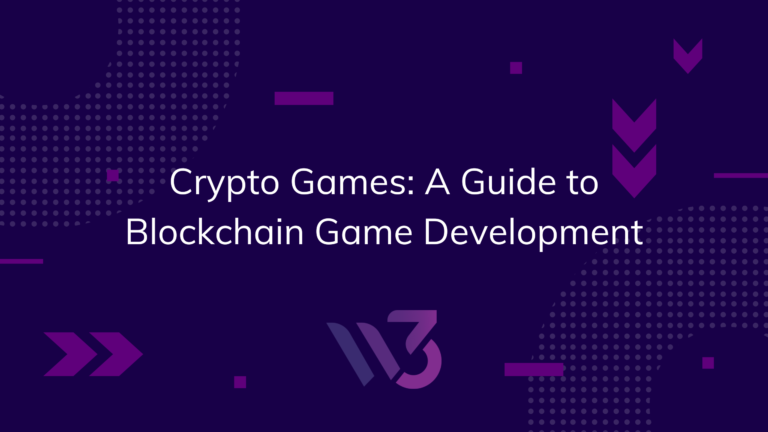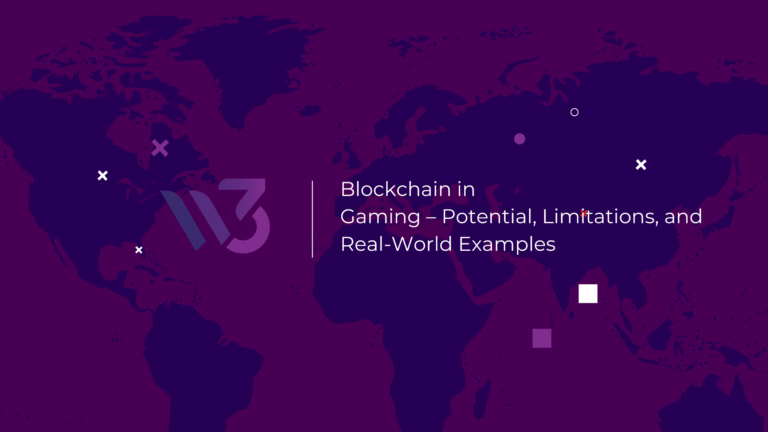If you have ever been in the crypto space, you probably need no introduction to NFTs. They have been the talk of the town for a long time, and the launch of CryptoPunks in 2017 kicked their popularity up a notch. Although NFTs are volatile and the NFT market witnesses huge ups and down, they have, undoubtedly, become one of the greatest innovations of the era, with many practical use cases. Interestingly, this volatility is indicative of the large number of people entering the NFT world.
Even though NFTs are part of the crypto space, you cannot purchase them in centralized crypto exchanges like Coinbase or Kraken. They are, however, readily available in dedicated NFT marketplaces. NFT marketplaces serve as a space for the issuance and sale of NFTs, and offer a place for artists and creators to showcase their talent and sell their creations safely.
With more NFTs being minted daily, the number of NFT marketplaces is also increasing. According to NonFungible.com, NFT sales on average range between $10 million to $20 million per week. Similarly, in the second and third quarters of 2021, the NFT trading volume rose by 704%, which means the NFT industry had eightfold gains in quarterly trading volumes.
Evidently, people are showing interest in this lucrative industry and have begun to develop NFT marketplaces to facilitate the trading of non-fungible tokens. However, with continuous progress going on within the web3 ecosystem, there is growing confusion regarding how to build an NFT marketplace in the constantly evolving NFT industry. To eliminate all confusion and offer proper guidance, we have created this guide on what to or not to do when building NFT marketplaces, with a special focus on the latter.
- How do NFT marketplaces work?
- What not to do while building an NFT marketplace
- Features to include in NFT marketplaces
How do NFT marketplaces work?
The activities in NFT marketplaces can be roughly divided into two components, minting and trading. In minting, you can take any digital file (a JPEG/mp3/mp4) and convert it into an NFT, which can then be stored safely on the marketplace’s host blockchain. These NFTs can then be traded for a profit.
Minting
The NFT minting process is easy. You first need to install a browser extension of a wallet, say Metamask, that is compatible with the marketplace of your choice, say, OpenSea. Metamask, being an Ethereum wallet, helps you create an account on any Ethereum-based marketplace.
After creating an account, you need to submit or upload the file or art piece to the marketplace for its conversion into an NFT. The process is similar to uploading a photo or video to Instagram; you need to name it, add a description to it and set up royalties. Some marketplaces like OpenSea will allow you to further customize your NFTs by permitting you to add them to an existing collection or adding stats, properties and levels. After completing these steps, you are all set to sell it.
Trading
When an NFT is minted on a marketplace, anyone with the required amount of cryptocurrencies can buy it. To purchase an NFT, you must have a crypto wallet compatible with the marketplace. For instance, you need a Metamask wallet for Ethereum-based marketplaces. The next step involves buying the necessary cryptocurrencies and connecting the wallet with the marketplace.
You can buy an NFT either via auction or fixed-price listings. To buy an NFT through auction, all you need to do is place your bid and wait for the result of the auction. If your bid seems successful, the amount will be deducted from your wallet, and your NFT wallet will be credited with your newly bought NFT. Purchasing an NFT via fixed-price listing is similar to buying your grocery and paying using Google pay. The price is already set for the concerned NFT, and the buyer can directly pay for it.
What not to do while building an NFT marketplace?
Not following proper NFT standards
ERC-721 is the most prominent and extensively used NFT standard so far. So, if you are building a marketplace, ensure its compliance with ERC-721 standards. OpenSea, for example, is built on Ethereum and follows the Ethereum NFT standard, ERC-721, which is also the most widely used standard to date.
The structure of NFT data or metadata should also follow the proper standard and naming convention as laid down by the ERC-721 standard. This ensures NFTs created on your marketplace can be accessed by outside marketplaces. Following proper standards ensures that users can access and trade NFTs between marketplaces that use the same standard. Similarly, your NFT marketplace should be able to list and trade NFTs created on other marketplaces.
It’s worth noting here that ERC-721 is not the only standard that can be followed for NFT marketplace creation; standards by other blockchain protocols like Solana can also be followed. Essentially, when you build NFT marketplaces , the standards you follow depend entirely on your preference. However, it’s advisable that you consider end users’ requirements while making a choice.
Data retrieval from the database
One of the primary reasons behind blockchain’s introduction was to promote decentralization so that no central entity can create a monopoly and take control of users’ personal data. Hence, any information related to an NFT, like its name, the collection’s name, the price etc., should be directly fetchable from its host blockchain instead of the marketplace’s database
Data available on a marketplace’s database is editable, and hence, anyone working in the backend of the system can manipulate the information for personal benefits. However, the data stored on a digital ledger (blockchain) is immutable. That means it cannot be edited or deleted and, therefore, offers complete transparency. As a result, all the data related to the NFTs on your marketplace and their transactions remain tamper-proof.
Similarly, you should record the metadata on the blockchain and not the database. Storing any information in any place other than the marketplace’s host blockchain might land users into trouble. Although storing data off-chain is cost-efficient, it is prone to misuse and vulnerability. In case of a breach in the system, the data may get lost, and users may not be able to restore it.
Benefits of storing data and metadata on-chain:
- Data privacy
- Transparency
- Immutability
- High data security
- Data lives on the chain without standing any risk of getting deleted.
Blockchain write operation from the backend
There are two ways to initiate transactions in NFT marketplaces : from the frontend and the backend. The frontend process involves signing the transaction by the user using their private key stored in their crypto wallet. The backend process is, however, undertaken by platform developers working in the backend by using their private key.
It is advised never to undertake any blockchain write operation from the backend. Let users sign their transactions themselves, pay the gas fees and take all other necessary steps while buying NFTs. Letting users do this gives them independence and allows them to take full responsibility for their transactions. Allowing the backend to undertake such transaction formalities means allowing developers to own your NFTs. Performing blockchain write operations from the backend also goes against the true nature of Web3, that is, decentralization.
Improper smart contract structure
All operational tasks in an NFT marketplace are implemented using smart contracts. They trigger every process that needs to be executed within the platform. Hence, they play an important role in the functioning of NFT marketplaces. And that is why, smart contracts should always be properly structured.
When you build an NFT marketplace, keep in mind to include the following two types of smart contracts –
- ERC-721 contracts where users can mint their NFTs.
- Controller contracts where users can list their already minted NFTs (created on your platform or elsewhere) for sale.
An ERC-721 contract is a smart contract that implements the ERC-721 standard. It is usually defined by the artist or the creator of an NFT, using which they can mint an NFT token. An ERC-721 token minted through a contract may contain the unique ID of the NFT, a URI and more. The URI or the Uniform Resource Identifier points to the link to the metadata of a tokenID. The controller contract, on the other hand, facilitates the trading of NFTs.
Not implementing NFT commissions
A marketplace can implement two types of commissions – royalty fees and marketplace commissions. Executing the following two commissions when you build an NFT marketplace can generate more income for you and the artists.
Royalty fee
Whenever a user sells their NFT and another user buys it, a royalty commission (set by collection owners) should be credited to the owner’s wallet.
NFT royalties are financial payments that compensate the creators of NFTs for their ongoing trade. They provide artists a percentage of the sale price of a resold piece of art. Regardless of how many secondary sales happen, the original creator will invariably get a share of the profit, thanks to smart contracts.
Most NFT marketplaces allow creators to choose their royalty percentage. OpenSea, for instance, allows artists to set the creator loyalty between 0% to 10%, which means that an artist can earn up to the full 10% royalty commission in all future sales. This implies that if you mint an NFT and set the royalty fee as 10% into the smart contract, you can earn 1 ETH on a 10 ETH sale.
Marketplace commission
Whenever users list their NFTs on a marketplace, a fixed commission percentage should be credited to the marketplace owner’s account.
The marketplace commission varies from platform to platform and is very similar to the royalty commission, wherein the marketplace gets a set percentage of each sale. Currently, Binance marketplace has the lowest commission percentage of 1%, followed by LooksRare with 2% commission and OpenSea with a commission percentage of 2.5.
Third-party APIs
Instead of keeping vital info related to an NFT, like its trading history, listing info etc., in your marketplace database, you can try using third-party APIs. An NFT API possesses all information about NFT collections, transactions, users, etc. It makes data or information acquisition related to NFTs easy for a marketplace’s backend. APIs allow you to fetch the following:
- An NFT’s price
- NFT metadata
- Ownership data of NFTs
- Transfer data and more
Moralis API, for example, is a cross-chain NFT API that provides information about NFT users, collections, transactions, returning metadata and much more. So, integrating a third-party API can be a good option when creating an NFT marketplace.
Features to include in NFT marketplaces
When you build an NFT marketplace, it is important to consider certain features to add to it for its enhanced appeal and ease of use. The features that you need to focus on include the following:
- Storefront – It is an advanced dashboard that contains important NFT details such as name, value, bids, history and so on.
- Search bar – It enhances user experience by helping users look for any desired information in an effortless manner. Thus, a search bar simplifies users’ work and boosts NFT sales.
- NFT listing – Creators can mint their creations and list them based on their existing data, which helps customers categorize available NFTs based on their type, creator or other categories.
- Wallet Integration – Integrating a wallet into your marketplace can help you generate income.
- Filter – Many marketplaces add this feature to produce fast and effortless search results. It enables your marketplace to sort NFTs into different categories to assist buyers in making decisions.
- Traceability – The traceability feature in a marketplace helps users trace the whereabouts of any NFT listed or sold on the platform. It also helps users find out about the trading and transaction history of an NFT.
- Interoperability – Integrating cross-chain features into your marketplace can navigate more NFT enthusiasts toward it.
Conclusion
NFT marketplaces are undoubtedly a profitable business. However, you need insightful planning if you want to meet your and your users’ requirements. Your NFT marketplace will invariably deliver desired results when developed with certain dos and don’ts in mind. Also, approaching an NFT marketplace development company can make your job a hundredfold easier and faster.
Resource: LeewayHertz

